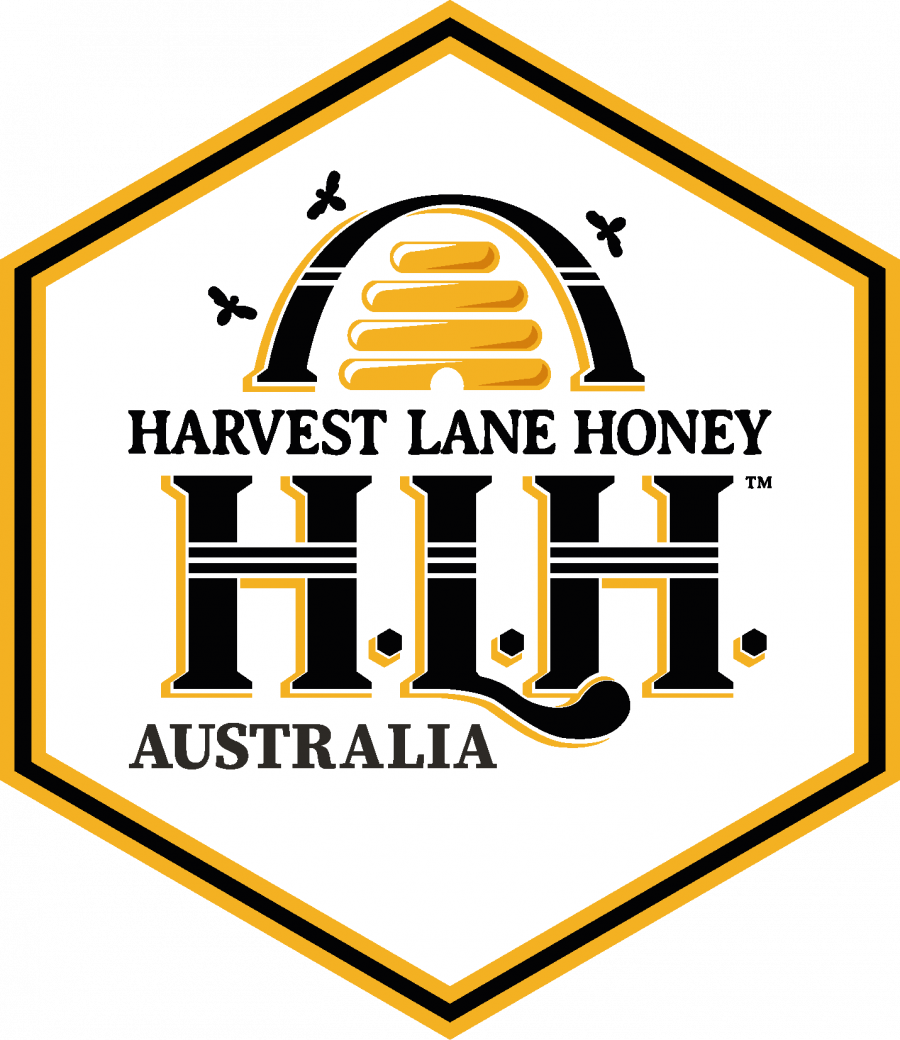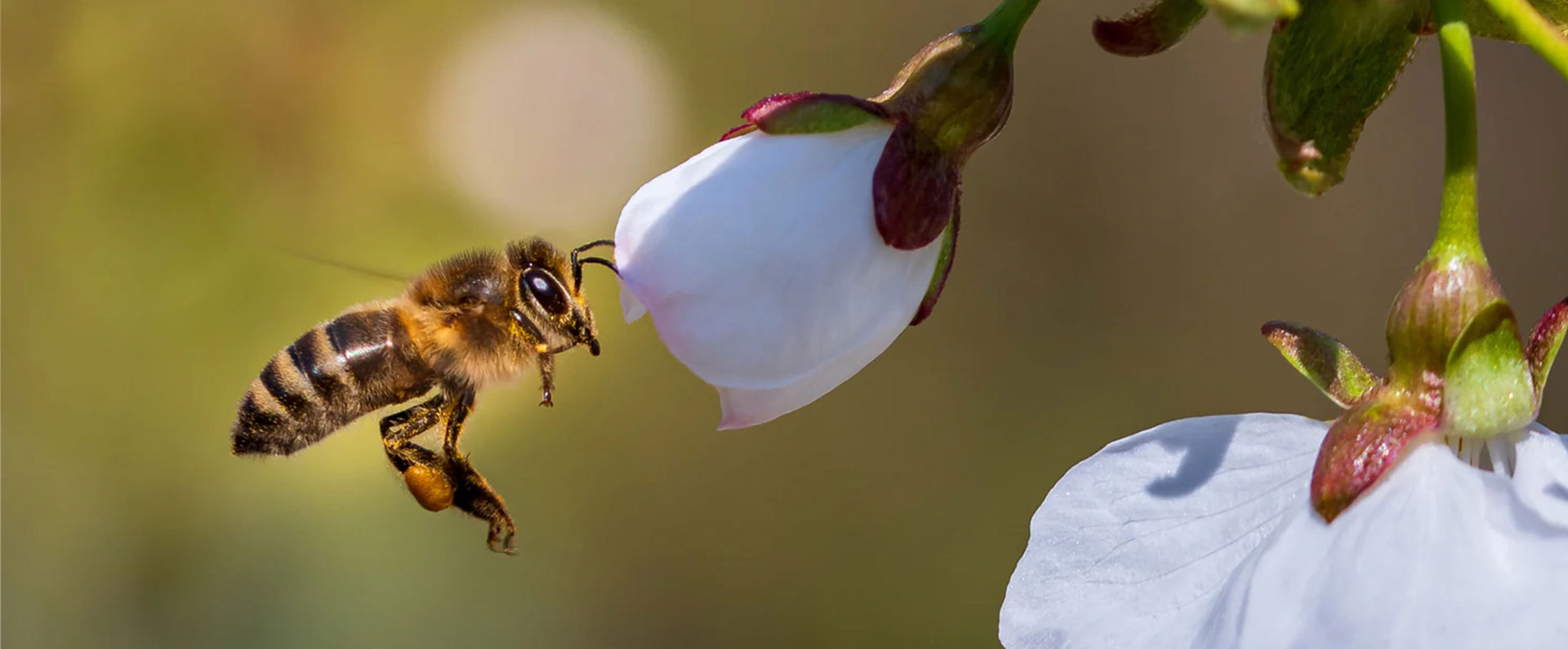Understanding and Managing Honeybee Foraging Patterns
Have you ever marvelled at the tireless energy of honeybees as they zip from flower to flower? If you have you would be witnessing the intricate dance of honeybee foraging. Understanding these foraging patterns is an essential part of beekeeping, as it impacts not only the health of your bees but also the productivity of your hive.
In this article, we’ll drive right into the fascinating world of honeybee foraging and provide tips on how to manage it effectively.
Understanding Honeybee Foraging Patterns
Honeybees are nature’s pollinators and their foraging activities serve a critical role in our ecosystem. They collect nectar, pollen, water, and propolis from their surroundings, each for a specific purpose:
- Nectar: This is the primary source of carbohydrates for bees, and it’s converted into honey for long-term storage in the hive.
- Pollen: Rich in proteins, pollen is essential for feeding larvae and maintaining the health of the queen bee.
- Water: Bees use water for cooling the hive and for diluting honey to feed to the larvae.
- Propolis: This sticky substance, collected from tree buds and bark, is used to seal cracks in the hive and has antibacterial properties.
The range of a honeybee’s foraging flight is impressive, often extending up to two miles from the hive, and sometimes even further when food sources are scarce. This range is influenced by factors such as the quality and quantity of local food sources, the needs of the colony, and environmental conditions.
Managing Honeybee Foraging Patterns
Now that we understand the basics of honeybee foraging, let’s explore how we can manage these patterns for the benefit of our bees and our harvest:
- Provide a Diverse Food Source: Plant a variety of flowers that bloom at different times of the year in your garden or near your apiary. This ensures a steady supply of nectar and pollen for your bees.
- Water Supply: If natural water sources aren’t readily available, provide a shallow water dish with pebbles or twigs for the bees to land on. This helps prevent drowning while allowing bees to access the water they need.
- Manage Hive Population: A crowded hive can lead to swarming, which in turn reduces your colony’s productivity. Regularly check your hive for signs of overcrowding and add supers or split the hive as needed.
- Monitor Health: A healthy bee is a productive forager. Regular hive inspections can help identify any health issues early. Look for signs of disease or pests, and take action immediately if you spot any problems.
- Support Local Foraging: If you live in an area with limited foraging opportunities, consider working with local landowners or community groups to plant bee-friendly flowers. This not only supports your bees but also promotes biodiversity.
By understanding and effectively managing honeybee foraging patterns, you can support the health of your bees, boost the productivity of your hive, and contribute positively to your local ecosystem. Remember, beekeeping isn’t just about honey production; it’s about fostering a harmonious relationship with these incredible insects and the environment they help to sustain.
Happy Beekeeping!

